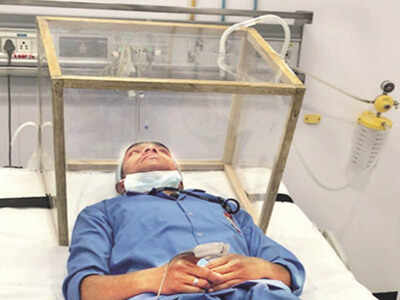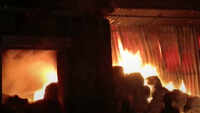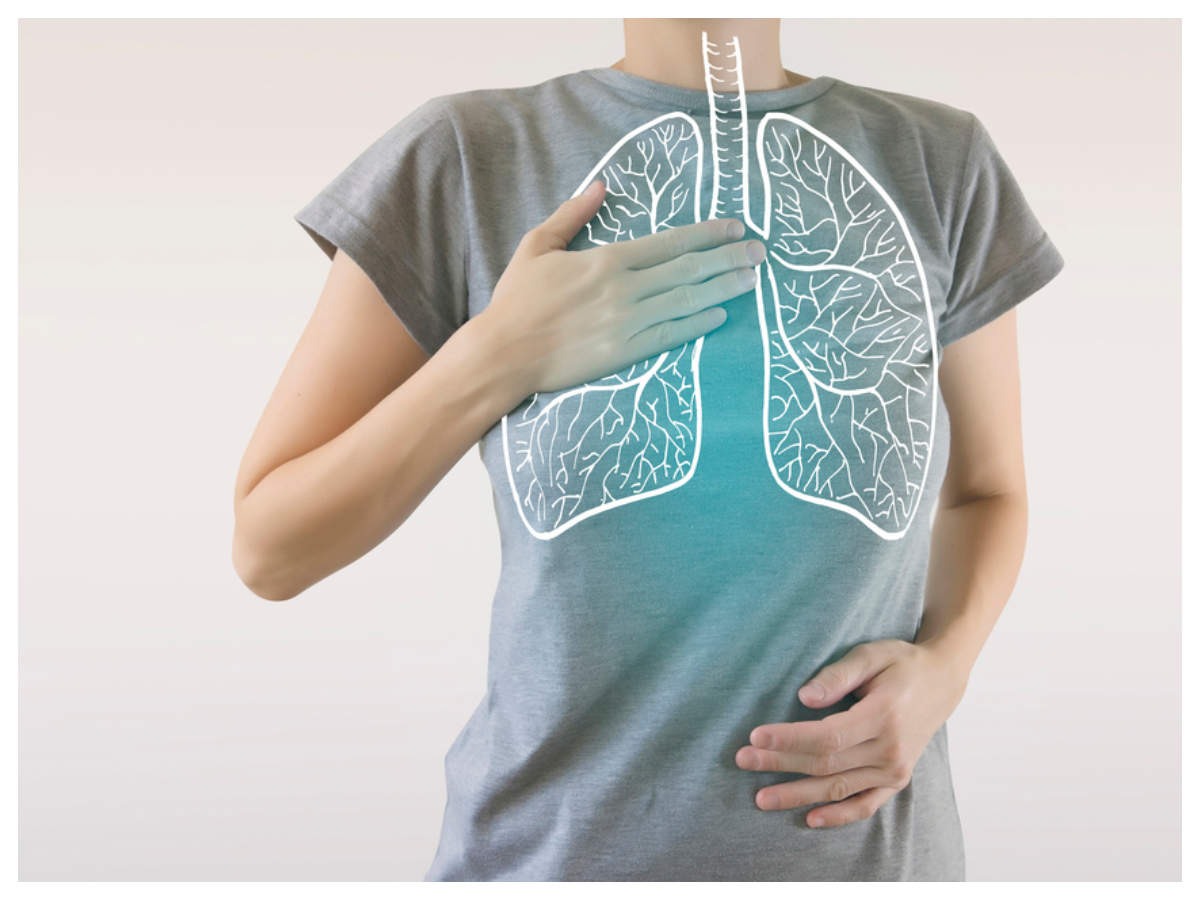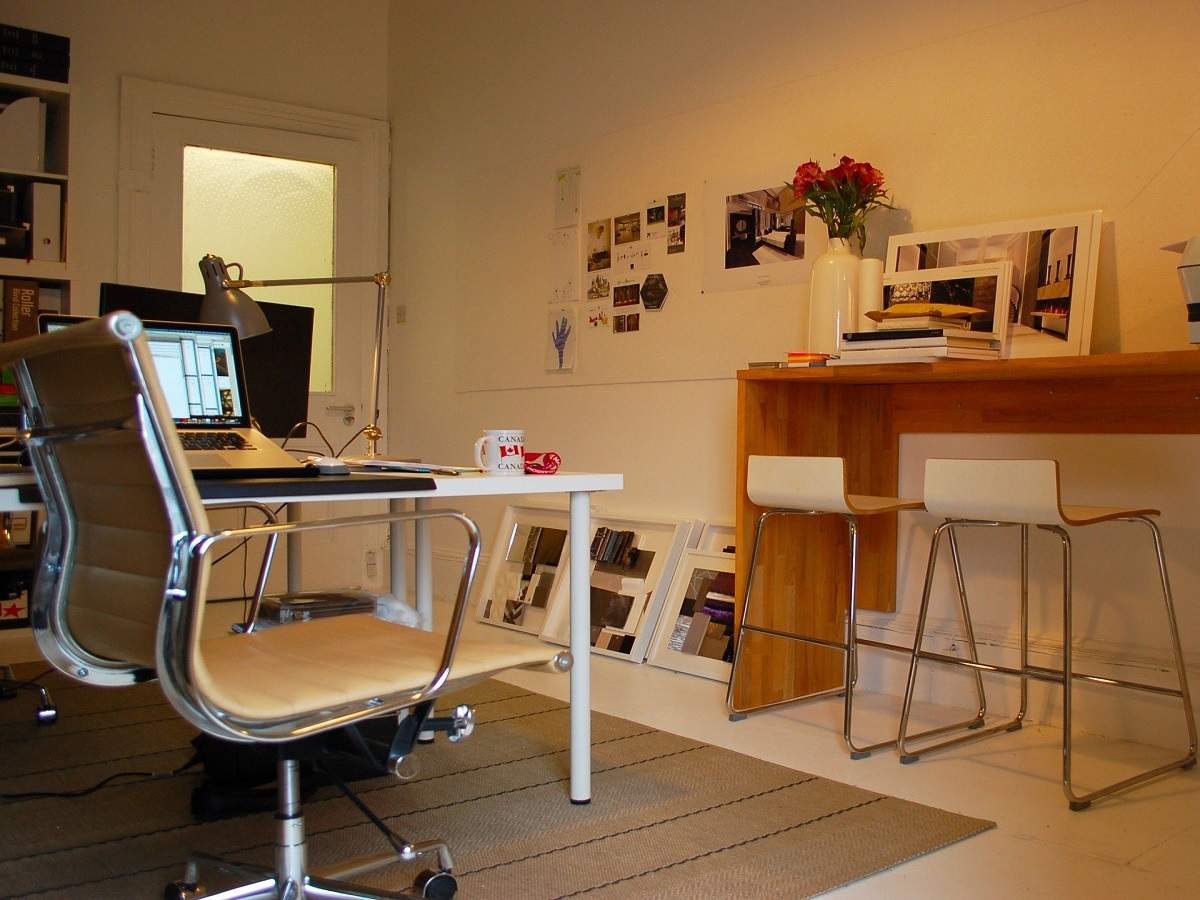
PATIALA: Researchers from IIT Ropar and doctors of Dayanand Medical College and Hospital (DMCH), Ludhiana have developed an aerosol containment box that can help protect healthcare workers, including doctors from being infected while treating Covid-19 positive patients.
Researchers said the containment box can be quickly made out of commonly available resources such as wood, thick PVC sheet, Velcro and pasting and fixing material. The box has been designed in such a way that it can be converted into a negative pressure chamber by connecting the vacuum from wall-gas supplies, readily available in most hospitals. The aerosol particles are passed through a micron level filter before being passed out to atmospheric air.
Researchers claimed that manufacturing of the box will cost around Rs 500. They said the technique is being used in the country for the first time but they are yet to ascertain if it has been used in another country.
“The box has been tested at DMCH for its aerosol containment capability. Patient comfort has been validated through volunteers lying with the box over their heads for more than one hour. They didn’t feel claustrophobic and their oxygen saturation levels remained normal throughout the test. The advantage of this design is that it can be made and deployed very easily by hospitals without depending on any external supply chains, many of which are broken due to the nationwide lockdown,” said Dr Ashish Sahani, assistant professor at the Centre for Biomedical Engineering, IIT, Ropar. Dr Sahani, along with Dr Vivek Gupta and Dr G S Wander of Dayanand Medical College and Hospital (DMCH), Ludhiana jointly developed the aerosol containment box.
Researchers said coughing, sneezing or aerosol-generating procedure in Covid-19 patients lead to heavy viral load among health care workers (HCW), who are getting infected despite using personal protective equipment. He said higher than normal infection rate has been noted among healthcare workers because of which there is a need to use multiple methods to reduce the risk.
“Major transmission of the virus to healthcare workers is through the respiratory route, which may happen while coughing, sneezing or aerosol-generating procedures required during the treatment of Covid-19 patients such as intubation, suction, accidental disconnection of ventilator circuit with an endotracheal tube, non-invasive ventilation or nebulisation. Ideally, these patients need to be put up in negative pressure isolation rooms. But the volume of patients is too high during a pandemic to place them all in isolation rooms. Converting all isolation rooms and ICUs to negative pressure room is costly and cannot be done immediately,” Dr Sahani observed.
Dr Sahani, Dr Gupta and Dr Wander expressed the hope that the design is adopted by hospitals in order to provide additional protection to healthcare workers on the frontline.
Researchers said the containment box can be quickly made out of commonly available resources such as wood, thick PVC sheet, Velcro and pasting and fixing material. The box has been designed in such a way that it can be converted into a negative pressure chamber by connecting the vacuum from wall-gas supplies, readily available in most hospitals. The aerosol particles are passed through a micron level filter before being passed out to atmospheric air.
Researchers claimed that manufacturing of the box will cost around Rs 500. They said the technique is being used in the country for the first time but they are yet to ascertain if it has been used in another country.
“The box has been tested at DMCH for its aerosol containment capability. Patient comfort has been validated through volunteers lying with the box over their heads for more than one hour. They didn’t feel claustrophobic and their oxygen saturation levels remained normal throughout the test. The advantage of this design is that it can be made and deployed very easily by hospitals without depending on any external supply chains, many of which are broken due to the nationwide lockdown,” said Dr Ashish Sahani, assistant professor at the Centre for Biomedical Engineering, IIT, Ropar. Dr Sahani, along with Dr Vivek Gupta and Dr G S Wander of Dayanand Medical College and Hospital (DMCH), Ludhiana jointly developed the aerosol containment box.
Researchers said coughing, sneezing or aerosol-generating procedure in Covid-19 patients lead to heavy viral load among health care workers (HCW), who are getting infected despite using personal protective equipment. He said higher than normal infection rate has been noted among healthcare workers because of which there is a need to use multiple methods to reduce the risk.
“Major transmission of the virus to healthcare workers is through the respiratory route, which may happen while coughing, sneezing or aerosol-generating procedures required during the treatment of Covid-19 patients such as intubation, suction, accidental disconnection of ventilator circuit with an endotracheal tube, non-invasive ventilation or nebulisation. Ideally, these patients need to be put up in negative pressure isolation rooms. But the volume of patients is too high during a pandemic to place them all in isolation rooms. Converting all isolation rooms and ICUs to negative pressure room is costly and cannot be done immediately,” Dr Sahani observed.
Dr Sahani, Dr Gupta and Dr Wander expressed the hope that the design is adopted by hospitals in order to provide additional protection to healthcare workers on the frontline.
Quick Links
Kerala Coronavirus Helpline NumberHaryana Coronavirus Helpline NumberUP Coronavirus Helpline NumberBareilly NewsBhopal NewsCoronavirus in DelhiCoronavirus in HyderabadCoronavirus in IndiaCoronavirus symptomsCoronavirusRajasthan Coronavirus Helpline NumberAditya ThackerayShiv SenaFire in MumbaiAP Coronavirus Helpline NumberArvind KejriwalJammu Kashmir Coronavirus Helpline NumberSrinagar encounter
Get the app








